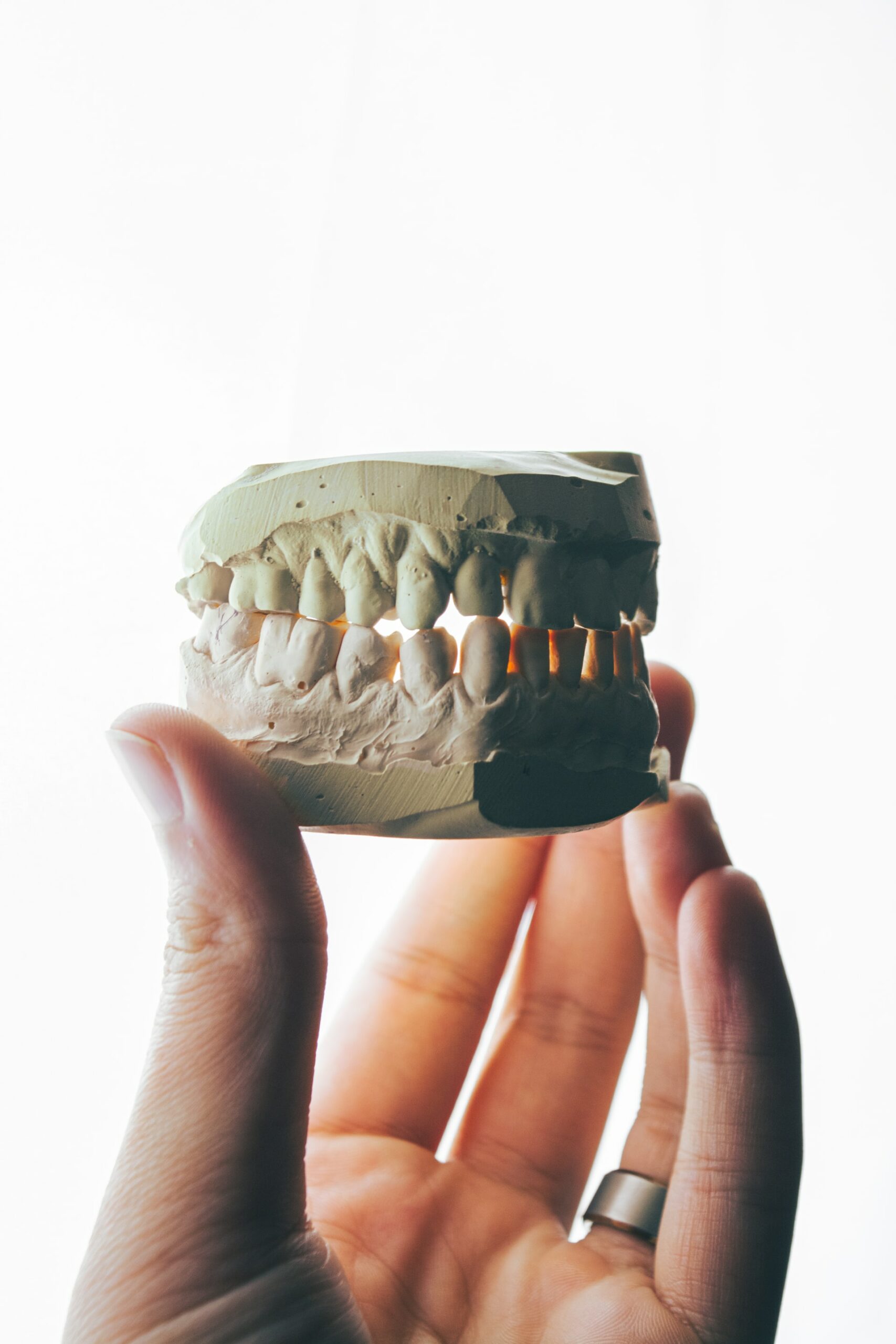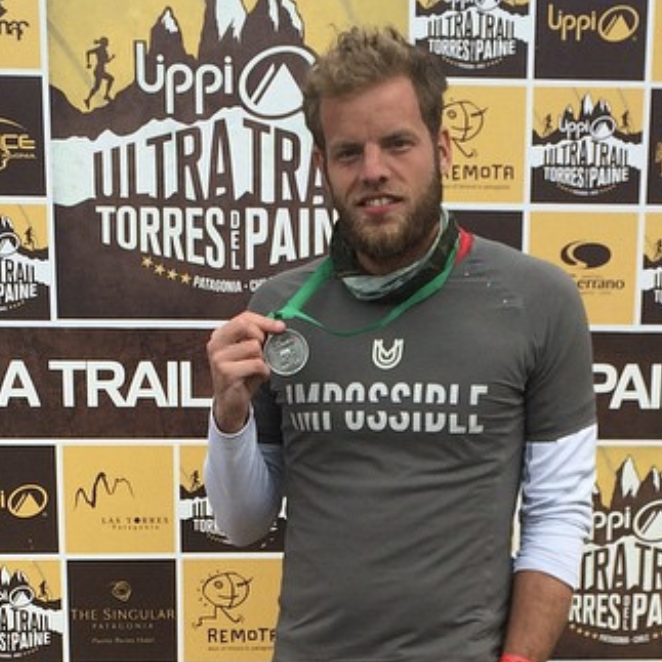I’m willing to place a bet that, at some point in your life, you’ve tried to achieve better posture. Thanks to computers, cellphones, and a much more sedentary lifestyle, we find ourselves hunched over with sloping shoulders and a rounded spine frequently. It’s a common goal for people to try to fix their sitting or standing posture – pulling their shoulders down and straightening their back. But did you know that your tongue posture is also important?
The tongue is a part of your body that you don’t often think about, but where and how it sits in your mouth is actually important. In fact, improper tongue posture can lead to dysfunction.
Let’s talk more about it.
What is proper tongue posture?
It’s generally agreed upon that the proper tongue posture occurs with the tip of the tongue resting lightly upon the roof of the mouth right behind the upper incisors. Dysfunction and issues can occur when the tongue frequently sits upon the bottom of your mouth.
As you can imagine, you also don’t want the tongue to push upon the backs of your teeth. This may cause your teeth to move and shift inside your mouth leading to improper teeth alignment and other oral issues. It’s recommended that the tip of your tongue rests on the top of your mouth about a half an inch higher than your front teeth.
The importance of tongue posture
Proper tongue posture can help us avoid oral and speech issues that may arise when the tongue is out of position within the mouth. Some common issues that occur with improper tongue posture include speech dysfunctions like articulation disorders and teeth alignment problems. In children, proper tongue posture can ensure that the tongue does not get in the way of growing teeth.
Some other issues that may arise from improper tongue posture are tongue thrust, snoring or sleep apnea, teeth grinding, and TMJ.
There is some debate as to whether tongue posture can impact the widening or narrowing of the palate or the reshaping of the face. Improper tongue posture may lead to less support for your jaw and cheekbones which could impact the prominence of the facial structure.
Some people advocate for a certain practice called mewing to help remedy this. Mewing basically focuses on improving facial posture and reshaping the jaw through a series of tongue exercises. You can read more about mewing and how to do it here.
While mewing is a popular practice, there isn’t much research that backs the exercises and its purported effects. That being said there are anecdotal stories of people who have tried mewing and found success with it. If you choose to engage in the practice of mewing, please do your research thoroughly.
How to Fix Tongue Posture
Improving your tongue posture is a simple practice that you can do relatively easily with a little effort and awareness. The first step is to begin to notice where your tongue generally rests within your mouth. You want to aim for the tip of the tongue to gently rest against the roof of your mouth – about a half an inch above your upper teeth.
If you notice that your tongue commonly rests on the bottom of your mouth or against the backs of your teeth, make the conscious choice to move it to proper positioning. You can place your tongue in the correct position and then practice holding it there while continuing to breathe at a normal pace. Remember to practice this throughout the day.
Fixing or changing your tongue position takes time and patience, but the benefits of having a proper tongue posture are worth it.



